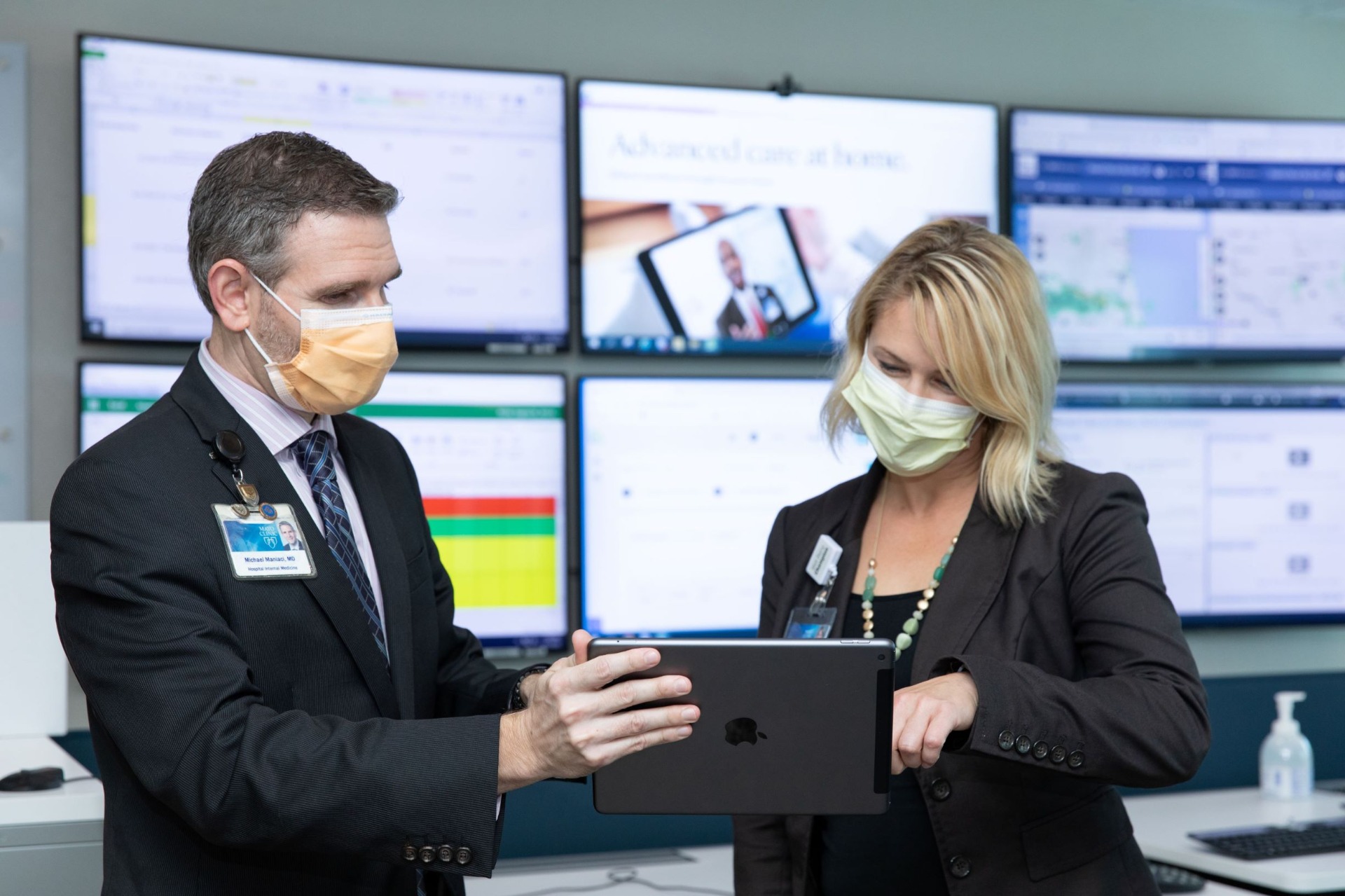Hospital care at home is nothing new for patients with low-level health needs. But since the pandemic began, a growing number of health care providers – including Adventist Health, the Mayo Clinic and California health care giant Kaiser Permanente – are offering people with more serious health conditions hospital-level treatment in the comfort of their homes.
It’s something Janet Yetenekian, who lives in Glendale with her family, experienced this year after she came down with a severe case of COVID-19.
Back in December, with pandemic isolation finally getting to Yetenekian, her husband and two teenage kids, the family accepted an invitation to join an afternoon barbecue.
“We just go, ‘OK, we’ve been home all this time,’ you know, ‘Let’s just go a few hours and come back,’ ” Yetenekian said.
But the day after the gathering, the host came down with fever. A test confirmed it was COVID-19. Within two weeks, Yetenekian’s husband and kids got mild cases of the disease while her blood oxygen plummeted to dangerously low levels.
“And a few days later, I had to go to the hospital,” she said.

